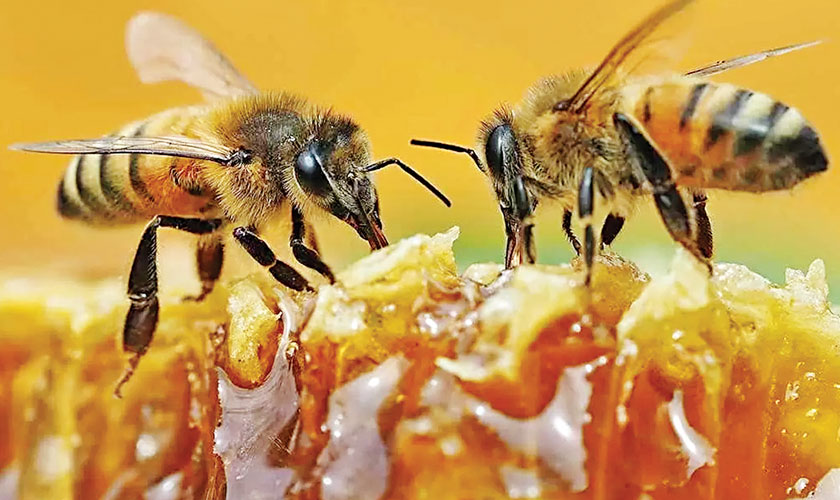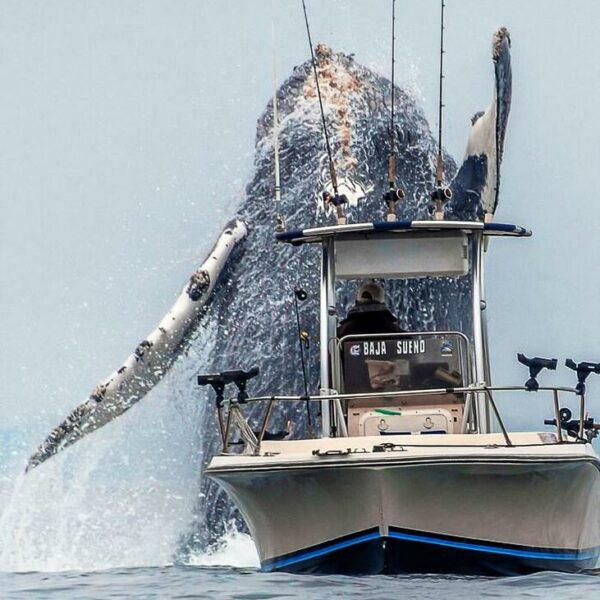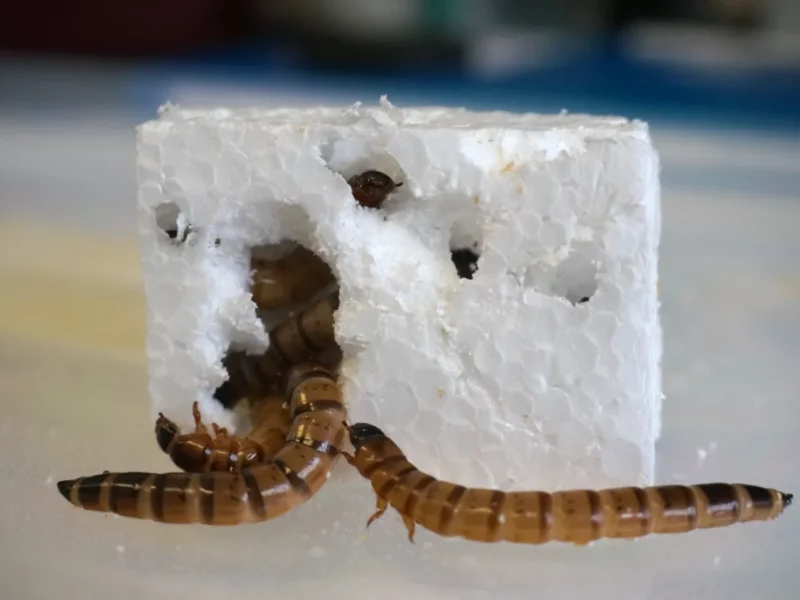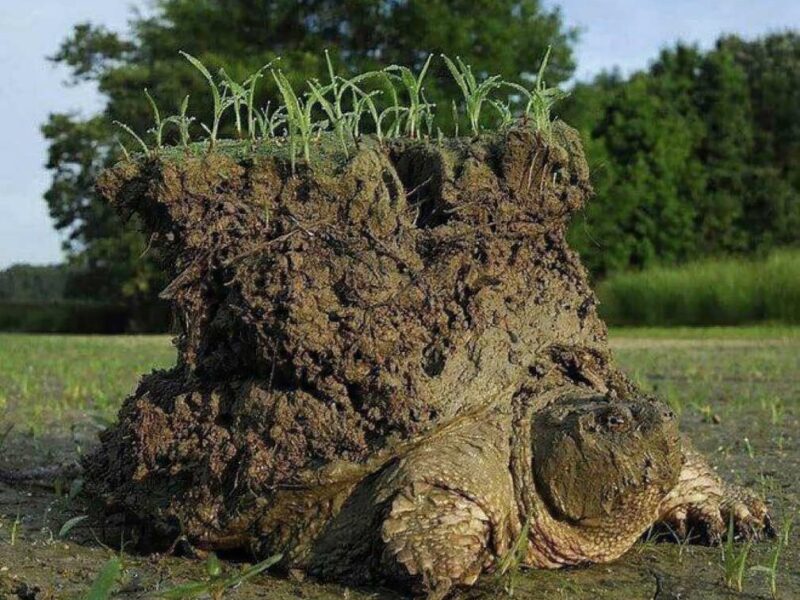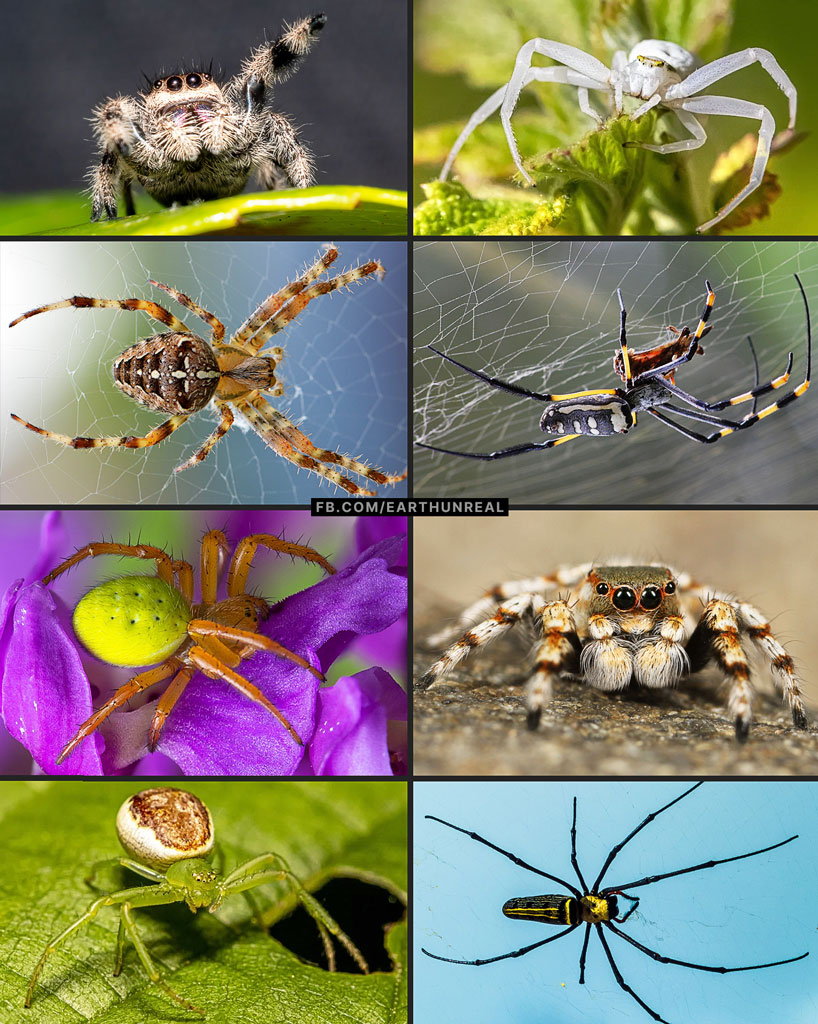
Spiders do not have muscles in their legs in the same way humans do. Instead, they use a hydraulic system, also known as hydraulic pressure, to extend and move their legs.
This hydraulic system in spiders works through the use of hemolymph, which is the spider’s version of blood. Hemolymph fills the body cavity, or hemocoel, and also extends into the legs. When a spider contracts muscles in its cephalothorax (the front part of its body), it increases the pressure in the cephalothorax, causing the hemolymph to flow into the legs. This increased pressure extends the legs. By adjusting the fluid pressure in different parts of their legs, spiders can control their leg movements with precision.
When a spider dies, its heart stops pumping hemolymph, and the hydraulic pressure in its legs decreases. As a result, the muscles in the legs can no longer be extended, causing the legs to curl up due to the lack of hydraulic pressure, giving the appearance that the legs are retracting or folding in.
It’s worth noting that this hydraulic system is not unique to spiders; other arthropods, such as crabs and insects, also use a similar mechanism to move their legs.
Text credit: Earth Unreal
Did you enjoy this article? Pin it for later.
And while you’re on Pinterest, come follow us and pin along with us.


